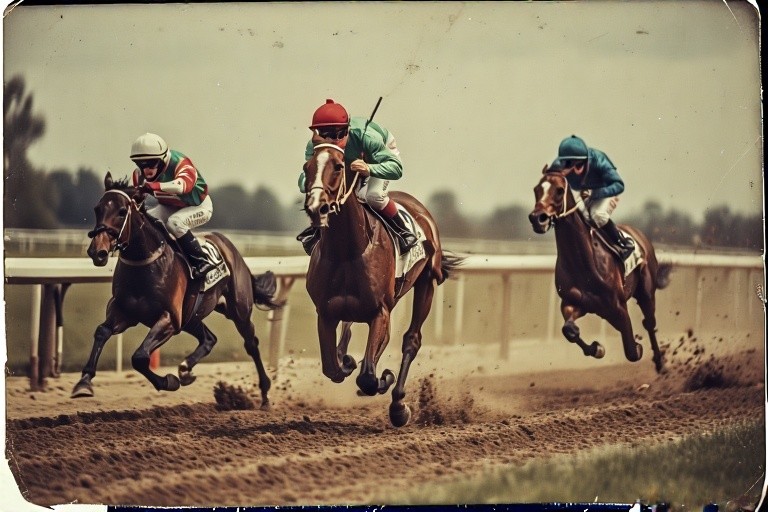One singular goal of any SM is to encourage ‘self-organization’. Create a ‘self-organized’ team.
“Self-Organization” looks very simple from the periphery, but it’s difficult to understand it and even harder to develop. Scrum Team(ST) and the Development Team(DT) within that are self-organizing.
Self-organizing teams chose how best to accomplish their work, rather than being directed by others outside the team. Self-organization promotes accountability, ownership, collaboration and makes the team adaptive, flexible and efficient.
From a Scrum Team(ST) perspective, what is self-organization?
- How should we as a team, organize ourselves so that we can achieve the Sprint Goal and create a potentially releasable done Increment that’s useable and meets the Development Team’s(DT) Definition Of Done(DoD)?
- The team decides : how they will collaborate towards the Sprint Goal, who will work on which task, how they will help each other, when they need to learn something new, how will they handle the dependencies with other teams, how to prioritize their daily work for the next 24hrs, how to make their progress transparent, how to inspect their work in a real time basis & adapt from their learnings, how they will handle their conflicts; mostly importantly in the absence of any external authority.
- If the team members are not happy with something e.g. their work ethics, collaboration, engineering practices, relationships, processes, Product Backlog health etc.; they as a team should have the courage and openness ( read Scrum Values) to transparently discuss the issues, understand each other perspectives, have constructive disagreements/productive conflicts, then jointly agree the way forward and change their ways of working, collaborating and helping each other.
- The Scrum Team should have an attitude of ‘WE’ over ‘I’.
- How can I help the team to solve the problem? What can I do for others? How can we collaborate to achieve the team goals? Instead of hiding behind my work/my tasks/this is not my problem?
Every team member impacts the strength or the weakness of the self-organization ecosystem in their team. Self-organization is the foundation for any high performing team.
Self-organization does not grant the team unlimited power to do anything they want. It’s not anarchy. The ST self organizes safely within the boundaries of Scrum. The timeboxes, rules, roles, events, artifacts, Sprint Goal and the DoD acts as the boundaries to enable the teams to safely self-organize by limiting their risk and cost of failure.
The SM’s main goal is to foster self-organization. He coaches the Scrum Team to get self-organized by :
- Evoking self-awareness and self-realization of the situation within the team.
- Empowering the team to take ownership and responsibility of the problem/situation.
- Revealing(not resolving) the problems back to the team to raise their transparency and understanding from an independent view point.
- Enabling them to reflect, resonate and respond jointly as a team on what they think(about the problem) and how they want to move forward.
- Guiding them to come up with their own creative solutions to tackle the problem using the 3 pillars of empiricism(transparency, inspection & adaptation).
- Creating a positive, open environment for the team to debate their diverse opinions, experiment various options, embrace failures and adapt their ways forward based on the new learnings.
- Stepping back as a curious observer and active listener, giving the team the much needed time and space to work out their ways, but ready to jump when the problem exceeds their self-organizing capabilities.
- Removes the impediments by supporting the team to remove the impediments themselves ( any obstacle/problem becomes an impediment only when it exceeds the self-organization ecosystem of the ST).
- Asking powerful open questions that promotes reflective thinking, self-introspection & fostering the team to come up with new ideas & answers on their own.
- Helping the ST to discover what works best for them.
Coaching is the primary stance a SM takes to foster self-organization. Coaching is about unlocking a person’s potential to maximize his/her performance. It’s not about the SM’s inputs, advice, perspectives, solutions & experiences. It’s about helping the team to learn , rather than teaching them or telling them what to do.
The fundamental mind shift is that : the SM should truly believe that the team can come up with more creative, intelligent solutions than what he/she has in mind. That’s the starting point to coach the team towards self-organization. A SM does not serve the ST when he/she does something the ST can do it themselves. This does not encourage self-organization.




